The Church of the Ascension and bell tower in Utena
There is no precise information about the inception of the first church in Utena. However, historical records indicate that in 1522, the church began to receive tithes from the manors of Utena and Užpaliai. Initially, the Church of the Holy Cross stood as an old wooden structure. Subsequently, a new wooden church was erected in 1802, only to be ravaged by fire in 1879. The construction of a brick church followed, overseen by a building committee comprising landlords A. Balcevičius, O. Lukoševičius, T. Stachovskis, peasants K. Araminas, J. Vilūnas, G. Jankus, V. Kunigėlis, S. Žulys, and pastor A. Vyšniauskas (Višnevskis). Completed in 1884 in the historicist style, under the guidance of engineer-architect Prof. S. G. Lukaševičius and construction manager J. Levaltas, the red brick church was consecrated in 1898. A source of pride for the church is the sculpture “The Trumpeting Angel” crafted in 1913 by the region’s most renowned artisan, Antanas Deveikis (restored by sculptor Stasys Karanauskas in 2003). The sculpture holds a place in the Register of Cultural Property. The brick bell tower, erected in 1876 through the contributions of landlords A. Balcevičius, F. Jalovecký, and C. Sviontecký, stands as an integral part of the church complex, also listed in the Register of Cultural Property. In tribute to the residents of the Utena region who perished in the partisan movement, Soviet camps, and exile, a roof pillar and memorial wall now grace the churchyard. Additionally, a monument commemorating Lithuanian independence stands proudly in front of the church. Adjacent to the church lies the old Utena cemetery, where archaeological studies trace the earliest graves back to the 1730s and 1770s. Within this cemetery lie burial sites and tombstones that have been included in the Register of Cultural Property. Notably, a chapel occupies the cemetery's heart, situated beside the central path.



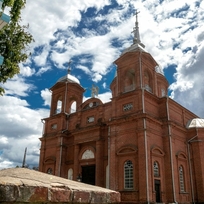
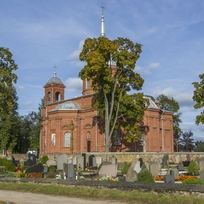
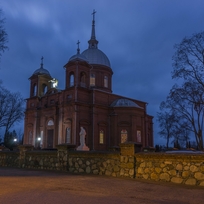
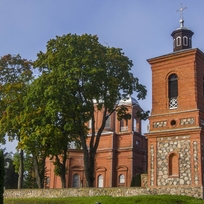
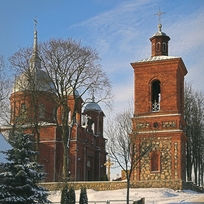
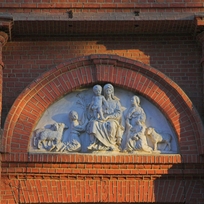
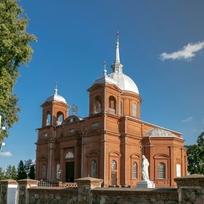
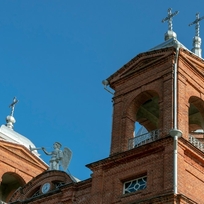
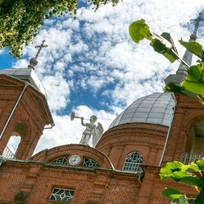
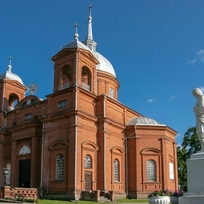
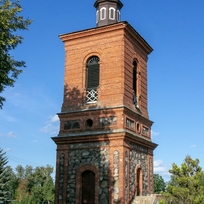
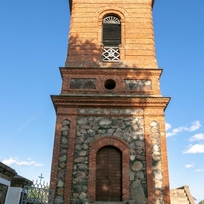
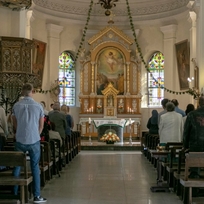
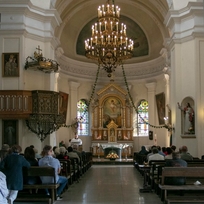
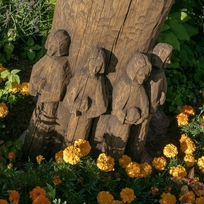
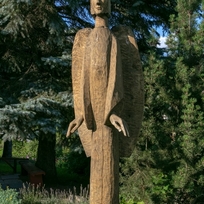
Reviews